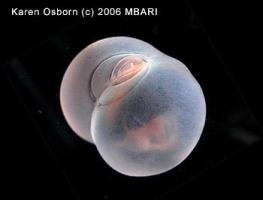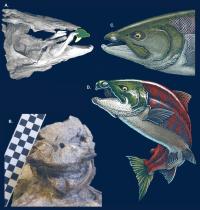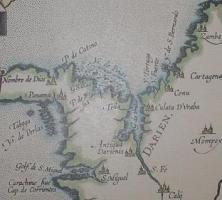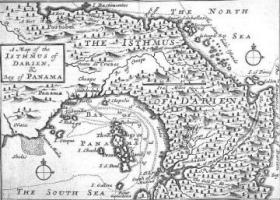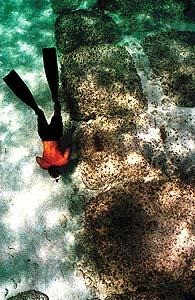Copy Link
Add to Bookmark
Report
hakd 011

hh AAAA kk kk / dd
hh AA AA kk kk / dd
hh AA AA kk kk / dd
hh AA AA kk kk / dd
hhhhhhhhhh AAAAAAAA kkk kk / ddddddddddd
hh hh AA AA kk kk / dd dd
hh hh AA AA kk kk / dd dd
hh hh AA AA kk kk / ddddddddddd
h0'z Anarky/ASCII komputerz drugz
phile #11
`How to beat klipper chips'
5-4-94
2:20 pm
@FROM :smb@research.att.com
@SUBJECT:Matt Blaze's Clipper attack -- details
Message-ID: <Cqs9y1.By9@ulysses.homer.att.com>
Newsgroups: sci.crypt
Organization: AT&T Bell Laboratories
I spoke with Matt Blaze; he gave me permission to post a summary of his
attacks. But the paper is not yet available for ftp.
Matt's work was done using a prototype Tessera card, with a SCSI-PCMCIA
interface on a Sun 4. That may (or may not) have implications for some
of the performance numbers.
There are two classes of ways to foil key escrow. The less interesting
class of attacks are non-interoperable. That is, two rogue
implementations can talk security, but can't talk to a conforming key
escrow device. But there's another attack possible, wherein a rogue
application talks to a conforming device, but without presenting a
valid LEAF.
The LEAF contains a 32 bit unit id, an 80-bit session key encrypted
with the per-device secret key, and a 16 bit checksum. The whole thing
is encrypted with the family key. The checksum field is based on both
the session key and the IV. A receiving device will not decrypt unless
it's handed a valid LEAF. But it can only base its judgment on the
checksum and on its external knowledge of the key and IV; the actual
key in the LEAF is encrypted in a way that it cannot read. LEAFs are
sent out of band by the application; they're not concealed in the
encrypted data stream.
Non-interopable applications work by generating a LEAF/IV pair and not
transmitting it. (Users cannot control the IV; the Tessera interface
(and maybe the Capstone chip) generates it.) The receiving end does
the same thing. You don't need an IV for ECB mode, so you have at
least some access to Skipjack that way. But that's too slow; at least
in the configuration tested, it took ~50 ms to do an ECB encryption.
In CBC mode, if you have the wrong IV, the first block of plaintext
will be garbled. But the error recovery properties of CBC guarantee
that all subsequent blocks will be decrypted correctly. (Derivation is
left as an exercise for the reader.) The solution, then, is simple:
just pad your messages with an 8-byte garbage header.
OFB and CFB modes can be implemented as well. The obvious way is via
ECB mode, but that's too slow. It turns out that with a bit of work,
you can use CBC mode as a primitive to build OFB and CFB. I'll
describe that if anyone's really interested.
The more interesting attack on key escrow is a rogue implementation
that can interoperate with a conforming one. The checksum is only 16
bits; it's possible to brute-force it. That is, generate random
128-bit strings, and see if your own Tessera card will accept it as a
valid LEAF. Again, recall that it knows only the unencrypted key and
the IV. On average, you'll find a hit in 2^15 tries; at 50 ms per try,
that's 28 minutes. You can speed this up by running in parallel with
multiple Tessera cards.
--Steve Bellovin
kawl:
da honky rink
[713]xxx-xxxx
2:42 pm hAk/d world HQ
EOF
broughy to ya by:
omc










